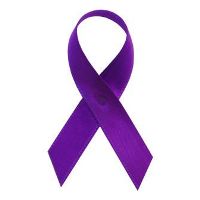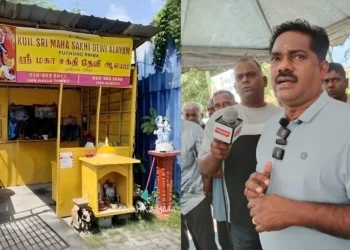Every April, people mark Testicular Cancer knowledge Month to increase public knowledge of the disease, its signs and symptoms, available treatments, and the value of early identification. Now is the critical moment to raise awareness of this kind of cancer, which primarily strikes young males.
Prompt identification significantly enhances the likelihood of effective therapy. During this awareness month, it’s important to emphasize the benefits of identifying risk factors and encouraging routine self-examination.
Testicular cancer is one of the many types of cancer that affect men, affecting one in every 250 of them throughout the course of their lives. According to Malaysian National Cancer Registry figures from 2012 to 2016, 636 incidences of testicular cancer were registered during that time period.
The survey also stated that testicular cancer accounted for 1.2% of malignancies in Malaysian males over the time period under evaluation. In accordance with the World Health Organization’s Global Cancer Observatory, Malaysia had 132 new cases and 20 fatalities from testicular cancer in 2022.
Among a population of 100,000, there were 504 cases over a five-year period, indicating its prevalence. Out of the 32 malignancies that have been identified in the nation, testicular cancer is placed 28th.
Dr. Murallitharan Munisamy, managing director of the National Cancer Society Malaysia (NCSM), stated that more recent data was required. Although younger boys aged 15 to 35 are more sensitive to the ailment, Dr Murallitharan stated that testicular cancer knowledge is low in Malaysia, particularly among young men.
While prostate cancer is commonly known as a prominent male cancer, many people are unaware that testicular cancer is equally common in Malaysia, he said.
Testicular Cancer Symptoms:
- Lump or Swelling: The most common symptom of testicular cancer is a lump or swelling in one of the testicles. This may or may not be painful.
- Pain or Discomfort: Some men experience a dull ache or feeling of heaviness in the scrotum or lower abdomen.
- Changes in Testicle Size or Shape: Testicular cancer can cause one testicle to become larger or to change shape.
- Pain in the Lower Back or Groin: In some cases, testicular cancer can cause discomfort in the lower back or groin area.
- Fluid Build-up in Scrotum: A collection of fluid in the scrotum, called a hydrocele, may occur, but it’s important to note that a hydrocele doesn’t necessarily mean cancer, but should still be checked by a doctor.
- Breast Growth (Gynecomastia): Some types of testicular cancer produce hormones that can cause breast growth in men.
Testicular Cancer Treatment:
- Surgery (Orchiectomy): The primary treatment for testicular cancer involves surgically removing the affected testicle (orchiectomy). This procedure is usually done through a small incision in the groin.
- Chemotherapy: Chemotherapy may be recommended after surgery to kill any remaining cancer cells and to prevent the cancer from spreading or recurring. Chemotherapy drugs are administered either orally or intravenously.
- Radiation Therapy: Radiation therapy uses high-energy beams to target and kill cancer cells. It’s often used in cases where the cancer has spread beyond the testicle.
- Lymph Node Surgery: If the cancer has spread to nearby lymph nodes, a surgical procedure called a lymph node dissection may be performed to remove the affected lymph nodes.
- Stem Cell Transplant: In some cases, particularly for advanced or recurrent testicular cancer, a stem cell transplant may be recommended. This involves high-dose chemotherapy followed by the infusion of healthy stem cells to help the body recover.
Because there are no guaranteed ways to prevent testicular cancer, there are some steps individuals can take to reduce their risk, such as quitting smoking, doing regular self-examination, eating a balanced diet, exercising or moving your body regularly, avoiding exposure to certain environmental toxins or chemicals, and considering genetic counseling if you have a family history of testicular cancer.
By raising awareness, we enable men to take control of their health through regular self-examinations, healthy lifestyle choices, and proactive healthcare appointments.
However, the impact of Testicular Cancer Awareness Month goes beyond a single month of increased attention. It serves as a reminder of the continual need of maintaining good health throughout the year. We can help to reduce the incidence and fatality rates of testicular cancer by encouraging open discussions about the disease and supporting early detection measures.
As we move forward, let us continue to prioritize the improvement of testicular health and encourage people to take proactive measures to avoid and identify it. Through information, awareness, and support, we can make a significant difference in the fight against testicular cancer.
Source : The Star
Follow us on Instagram, Facebook or Telegram for more updates and breaking news.








